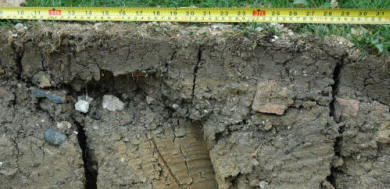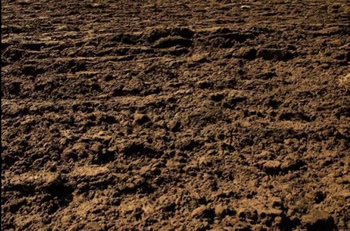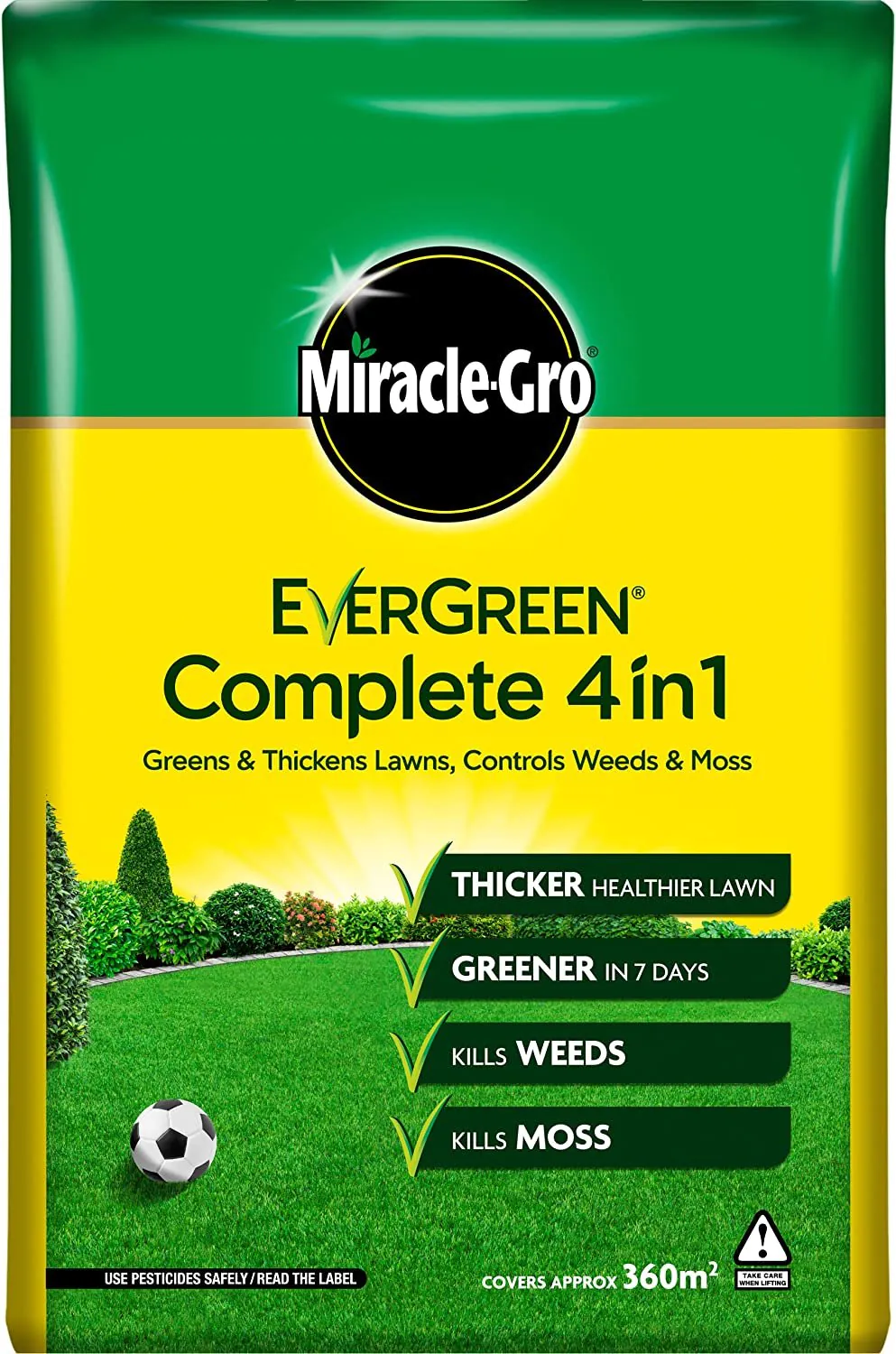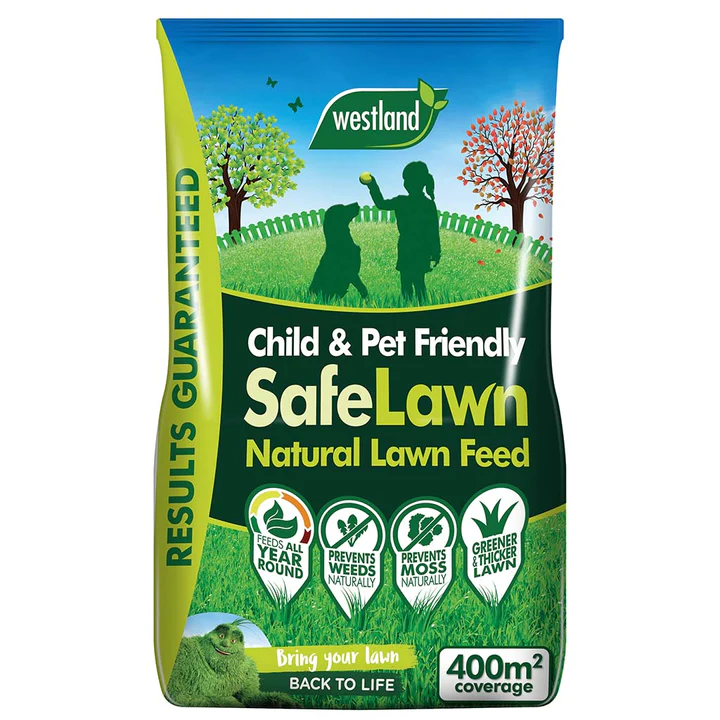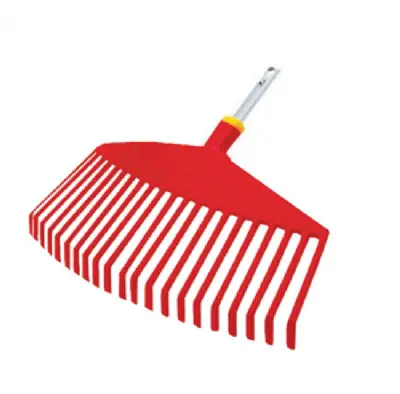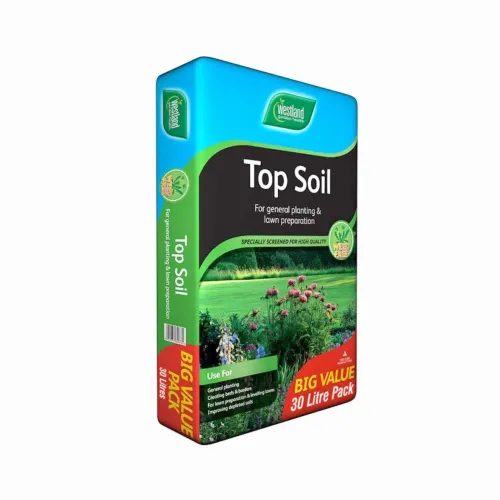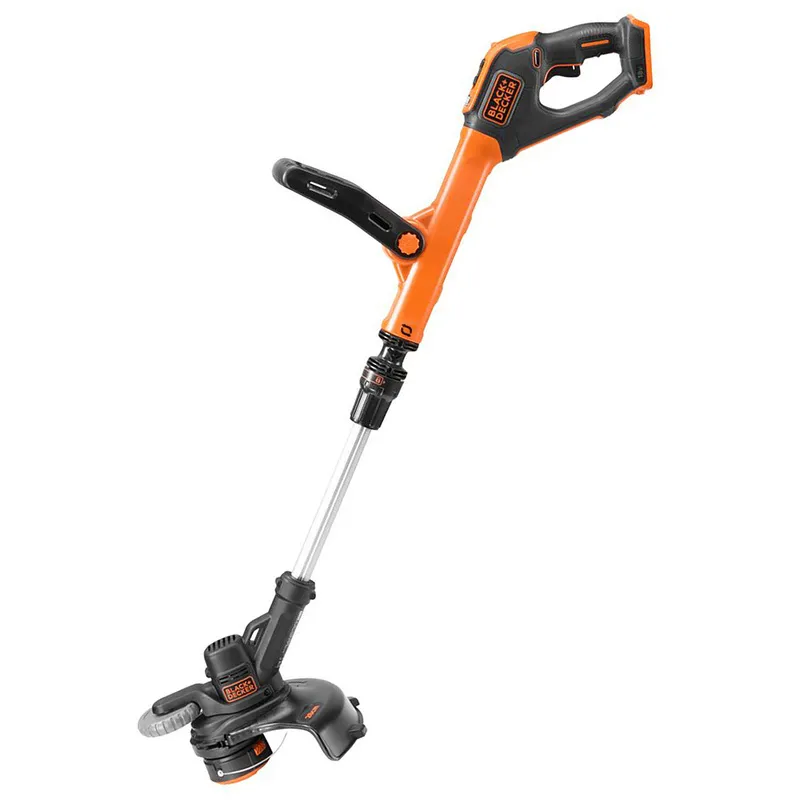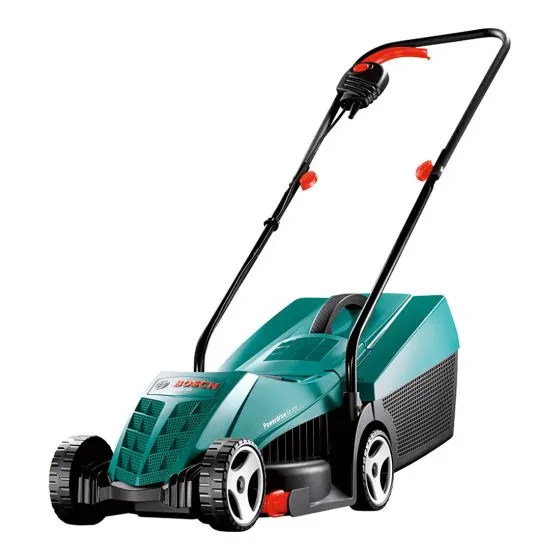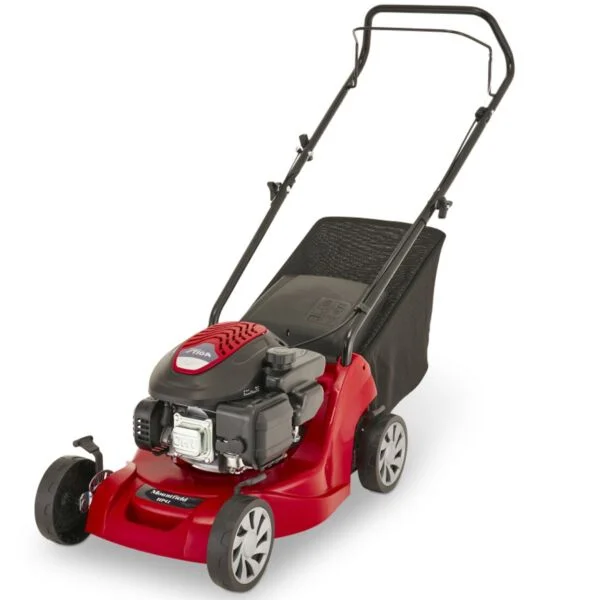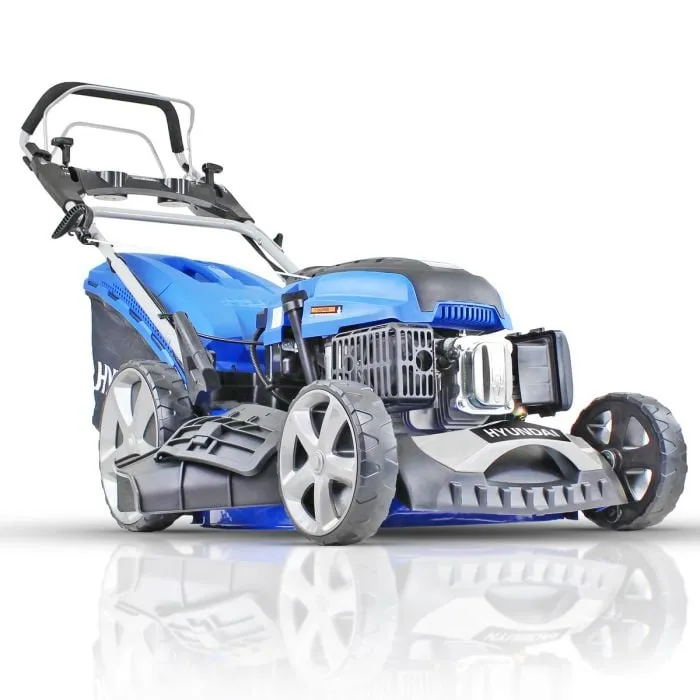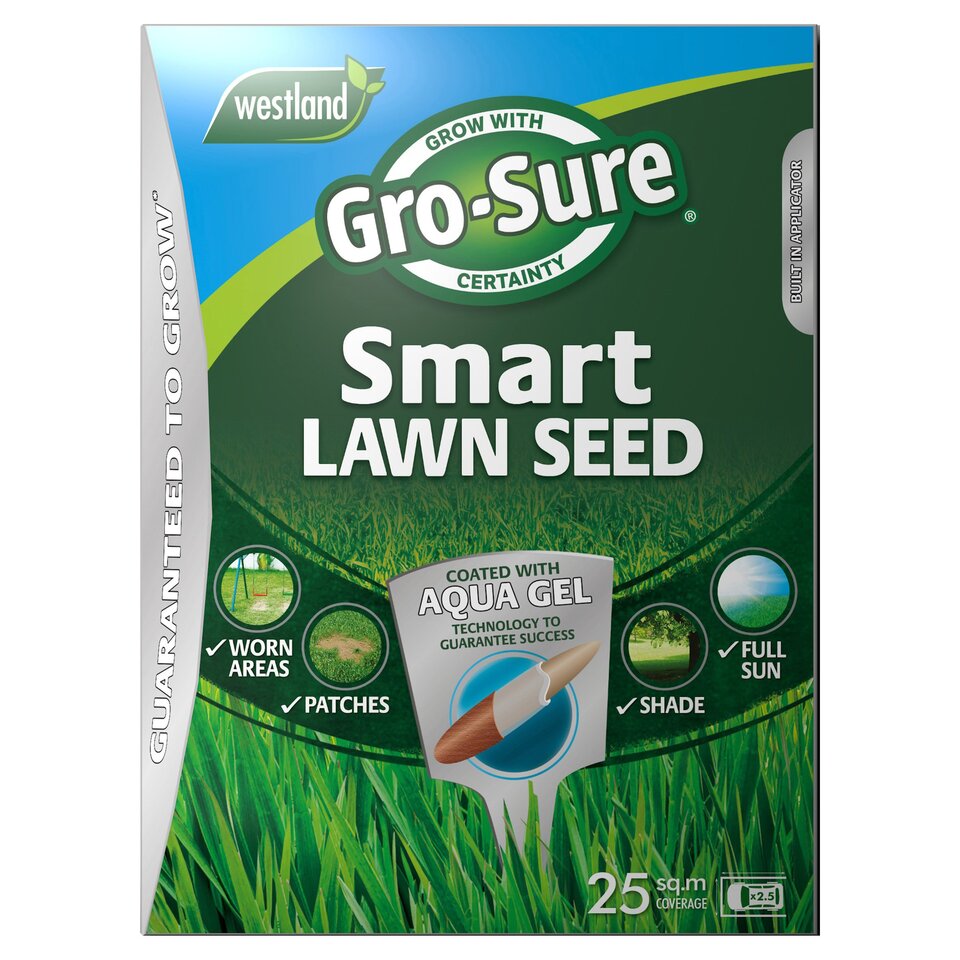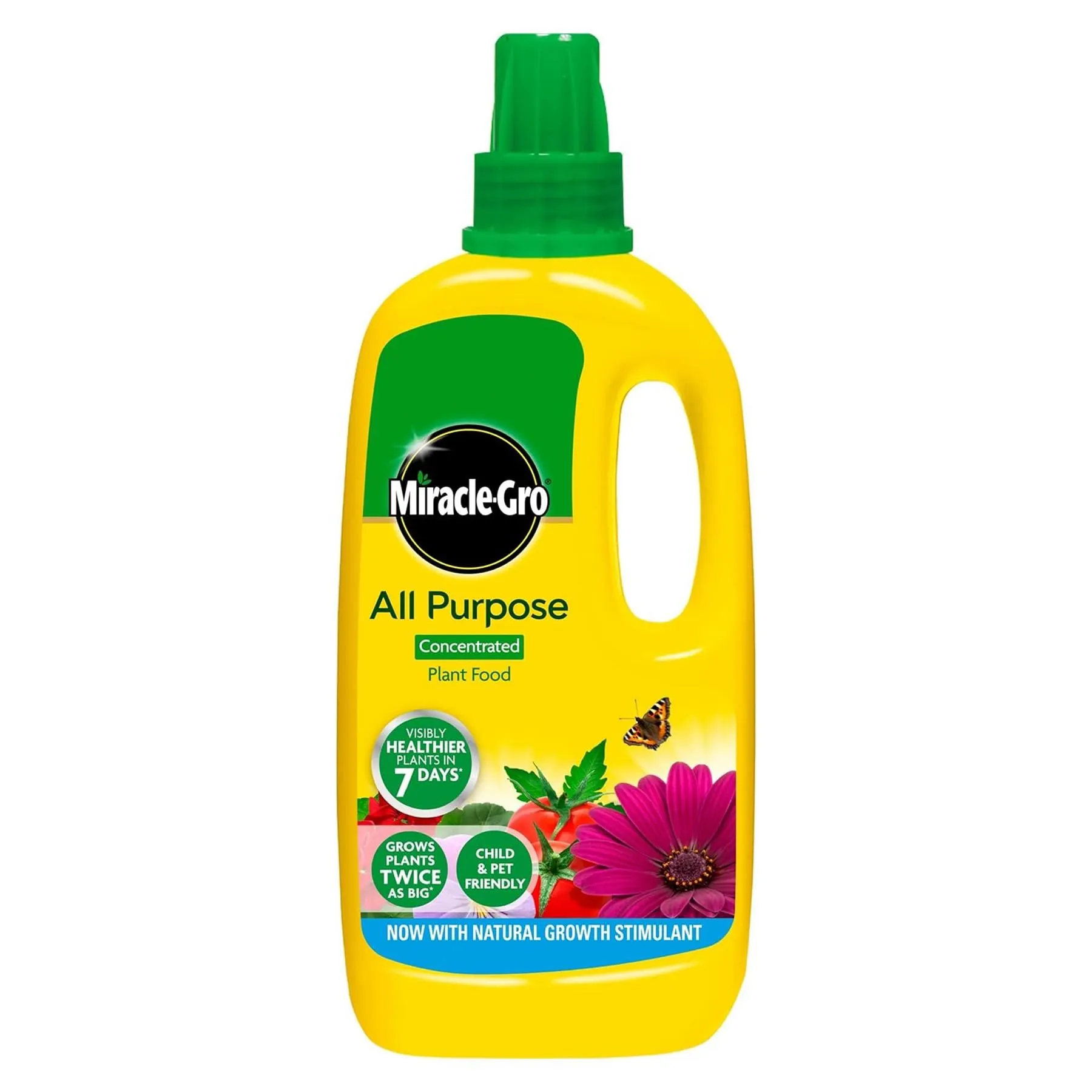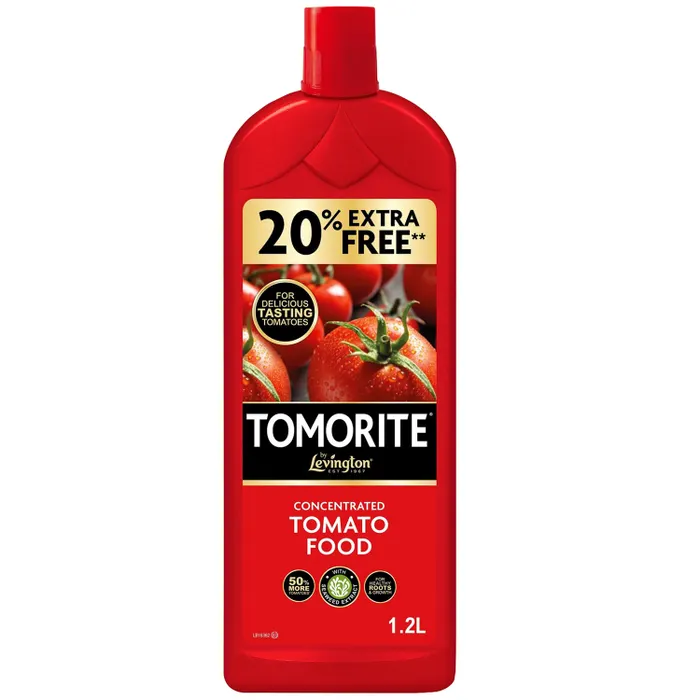
The Downpour Dilemma: Deciphering Overwatering Symptoms in Your Lawn
Lush greenery is the crown jewel of any homeowner or gardener's lawn, a commodity so precious that it's often showered with care – and sometimes with water, just a little too generously. Overwatering, an innocuous act borne out of the best intentions, can lead to detrimental effects on your lawn's overall health. This blog post serves as a comprehensive guide for lawn care professionals and gardening enthusiasts alike, to identify, rectify, and prevent the soggy concerns brought about by over-irrigation.
---
The Overwatering Enigma
One of the paths to an emerald paradise involves a strategic approach to lawn watering. The mantra 'water is life' holds true, but like all axioms, it must be applied judiciously. Overwatering grass goes unnoticed typically until it's too late, often disguised by the belief 'a little more can't hurt'. Unfortunately, what begins as a well-intentioned hydration can evolve into a catalyst for lawn ailments.
Digging Deeper into the Symptoms
Understanding the visual cues that denote overwatering can be the difference between a thriving lawn and one that's floundering. Overly damp soil can lead to a host of adverse effects, including root rot, fungal diseases, and even attracting pests.
The Visual Identification of Overwatered Grass
Visual cues are the earliest flags signalling a waterlogged lawn. These may include a browning of grass despite adequate sun and nutrients, the presence of 'squishy' areas under-foot indicating high water content in the soil, and the most tell-tale sign – stagnated growth with the blades flopping exasperatedly.
---
The Ripple Effect on Lawn Health
When your lawn receives too much love in the form of water, it's akin to a person consuming too much sugar; the rapid spike followed by an inevitable crash is a harbinger of a larger underlying issue. Overzealous watering not only weakens the grass by cutting off its vital oxygen supply but also leads to the leaching of essential nutrients from the soil, rendering them unavailable to the roots.
Understanding the Long-term Consequences
The chronic impact of overwatering could lead to the decline of the turf, opening the door for opportunistic weeds, the encroachment of moss, and a loss of grass density.
Battling Root Rot and Other Waterborne Ailments
Root rot is one of the most insidious by-products of overwatering, attacking the foundation of your lawn's health. The cascade effect of root rot is severe, often leading to widespread decay and weakening of the grass, making it more susceptible to other maladies.
---
Finding the Balance
Balancing the hydration needs of your lawn is not an exact science; instead, it's a practice that requires observation, adjustment, and the right set of watering tools.
Tips for Navigating the Overwatering Tightrope
Keeping a watchful eye on the weather to avoid oversaturation, choosing the right time to water, and the use of moisture-retaining mulch are practices that can mitigate the risk of over-irrigation.
Correcting Overwatering Issues with Care
When overwatering has become a persistent problem, a systematic overhaul may be required, involving the assessment and potential re-engineering of your lawn's irrigation system, adjusting watering frequency, and introducing aeration to enhance soil absorption.
---
Establishing a Balanced Watering Routine
An optimal watering routine is the Holy Grail for a lawn's health, a delicate blend of science and practice that can elude even the most seasoned of gardeners.
The Building Blocks of an Ideal Watering Plan
From the frequency of irrigation sessions to the duration of watering spells, designing a routine that suits your lawn's specific conditions is paramount.
Incorporating Technology and Tools for Precision
The use of moisture meters, smart sprinkler systems, and regular soil assessment can refine your watering routine, making it a precise science tailored to your lawn's unique profile.
---
Conclusion: A Greener Tomorrow
Creating a flourishing landscape is a rewarding pursuit, but it's one that requires a sensitivity to the needs and limitations of natural processes. Overwatering, a common pitfall, can be remedied through vigilant observation, tailored corrective measures, and the embracement of sustainable watering practices.
The challenge is to listen – not just to your lawn's silence during its waterlogged state but to the echoes of water overuse throughout the ecosystem. By understanding the nuances of overwatering and fostering an ethos of moderation in your lawn care practices, you're not only ensuring the vigour of your personal slice of nature but also contributing to the broader effort of environmental stewardship.
---
In the verdant realm of lawn care, the growth of knowledge is as vital as the grass itself. Armed with this understanding of overwatering symptoms and their remedies, you are poised to nurture not just a green expanse, but a philosophy of sustainable and responsible horticulture. In every droplet of water responsibly administered, in every blade of grass that stands resilient, the legacy of your discerning stewardship is etched – a testament to the harmony between man and the living world he so proudly cultivates.

 Child watering flowers and plants in garden. Kid with water hose in sunny blooming backyard.
Child watering flowers and plants in garden. Kid with water hose in sunny blooming backyard. Garden irrigation system lawn. Automatic lawn sprinkler watering green grass.
Garden irrigation system lawn. Automatic lawn sprinkler watering green grass. Child playing with garden sprinkler. Kid in bathing suit running and jumping. Kids gardening. Summer outdoor water fun. Children play with gardening hose watering flowers.
Child playing with garden sprinkler. Kid in bathing suit running and jumping. Kids gardening. Summer outdoor water fun. Children play with gardening hose watering flowers.
